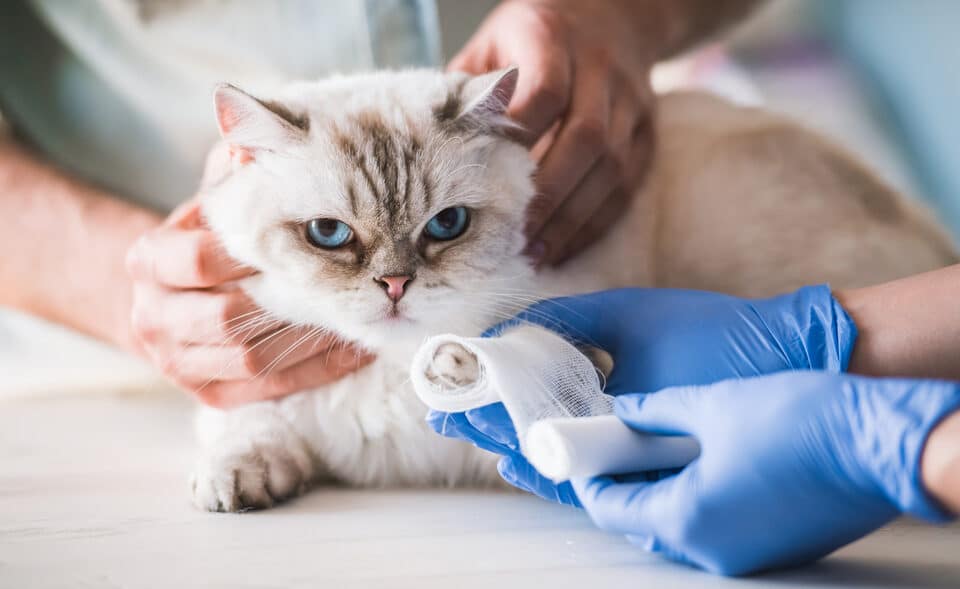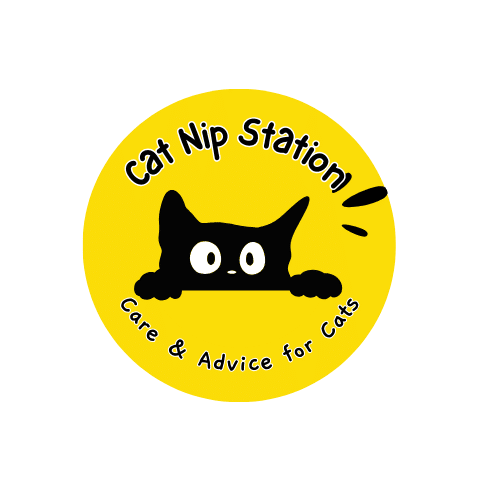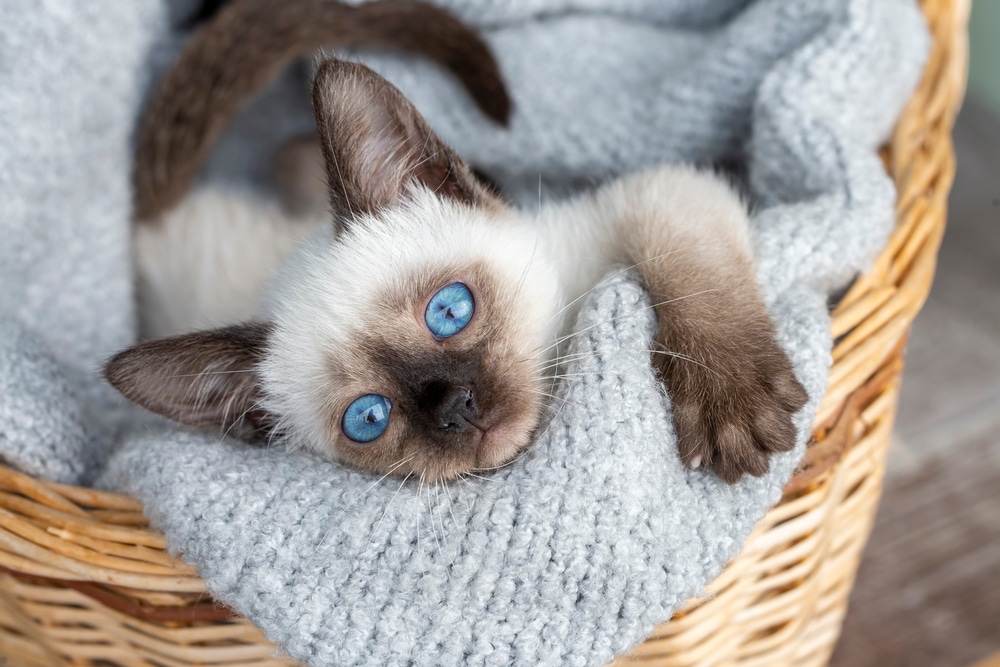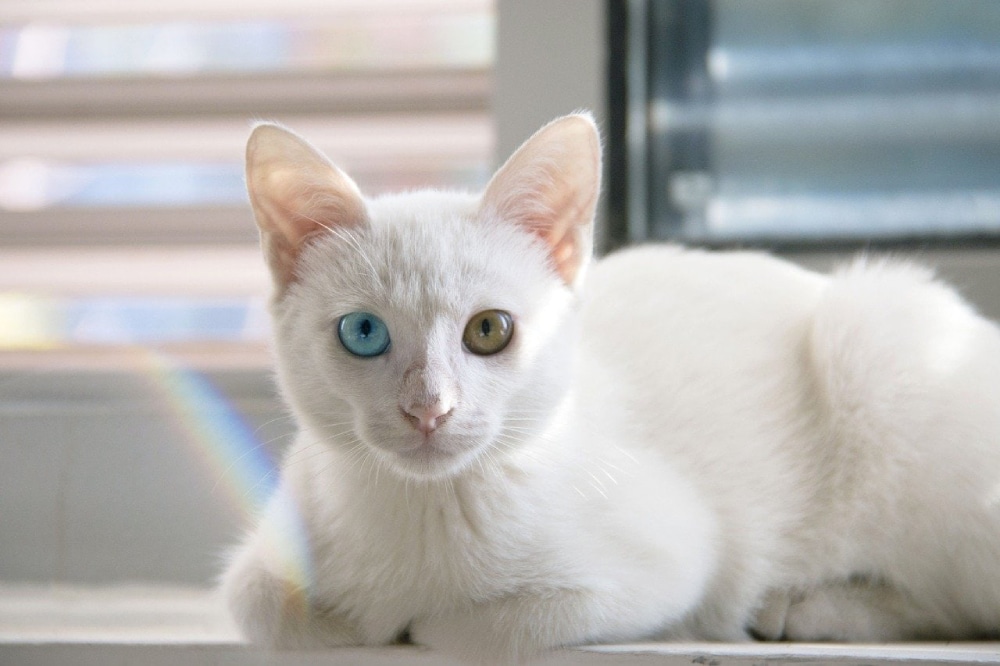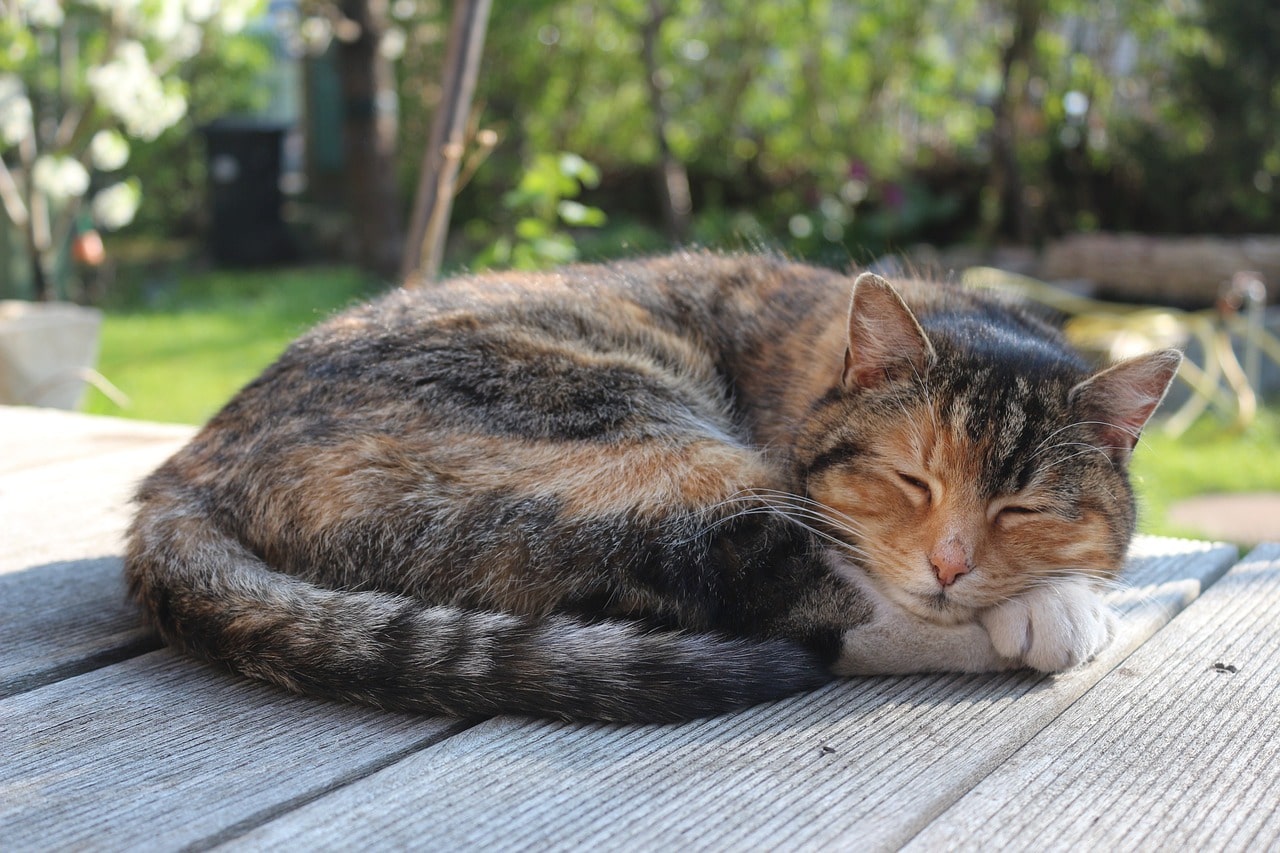Ever thought of using that trusty tube of Neosporin on your feline friend? Think again!
- Neosporin is a household staple for many, but it might not be the best choice for cats.
- Potential allergic reactions are a big concern when it comes to applying Neosporin on cats.
- If your cat licks the ointment, it could lead to serious health risks, including toxic reactions.
- There are safe alternatives recommended by vets for treating your cat’s wounds.
Let’s discuss the temptation of using Neosporin on cats. With Neosporin’s reputation as a go-to fix for cuts and scratches, it’s easy to see why you might think it’ll work wonders on a cat’s minor wounds. However, what’s good for us isn’t always good for them. Neosporin is not suited for feline use.
A major concern is the allergic reaction that could occur from its application. Cats, being the curious creatures they are, frequently groom themselves, meaning they’ll likely lick the ointment off, risking ingestion.
It’s alarming to know that if a cat ingests Neosporin, they might end up with serious health problems. Vomiting, diarrhea, and even appetite loss could strike, and more troubling is the potential toxicity of zinc and polymyxin B in Neosporin. This could lead to dangerous situations like anaphylaxis, especially since even tiny amounts of polymyxin B have triggered allergic reactions in studies involving cats.
So, instead of reaching for Neosporin, consider alternatives. Visiting a vet is always a wise step when your feline has a wound. They’ll suggest safe options like antimicrobial sprays or topical creams, specifically designed for our furry pals.
Don’t forget, if you do apply anything, it’s important to properly cover the wound or use an e-collar to prevent your cat from making things worse by licking the treatment off.
When it comes to treating your cat’s boo-boos, skip the Neosporin and opt for vet-approved alternatives to keep your furry friend safe.
